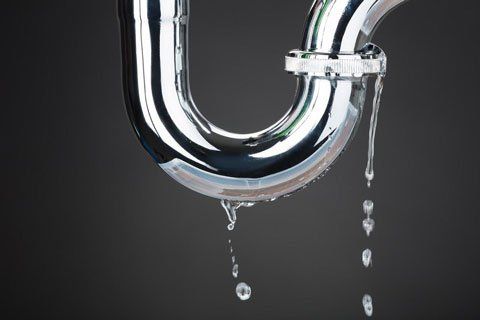Revealing Covert Water Line Leaks: Six Effective Finding Tricks
Revealing Covert Water Line Leaks: Six Effective Finding Tricks
Blog Article
We have stumbled on this post on Locating water leaks down the page on the net and concluded it made sense to relate it with you in this article.

Early detection of leaking water lines can mitigate a potential calamity. Some little water leakages may not be visible.
1. Examine the Water Meter
Checking it is a proven method that assists you find leakages. If it moves, that shows a fast-moving leak. This means you might have a sluggish leakage that can even be underground.
2. Check Water Usage
Examine your water costs and also track your water intake. As the one paying it, you need to see if there are any inconsistencies. If you identify sudden changes, regardless of your usage coinciding, it implies that you have leaks in your plumbing system. Remember, your water bill need to drop under the exact same range every month. An abrupt spike in your expense indicates a fast-moving leakage.
Meanwhile, a consistent rise monthly, despite having the same practices, reveals you have a slow-moving leak that's likewise gradually rising. Call a plumber to extensively examine your residential or commercial property, especially if you feel a warm location on your floor with piping below.
3. Do a Food Coloring Test
When it comes to water usage, 30% comes from toilets. If the color in some way infiltrates your bowl throughout that time without flushing, there's a leakage between the tank as well as bowl.
4. Asses Exterior Lines
Don't forget to inspect your outdoor water lines too. Test faucets by connecting a yard hose pipe. Must water seep out of the link, you have a loosened rubber gasket. Replace this and also ensure all links are tight. If you've obtained a sprinkler system, it will assist get it properly examined and preserved every year. One little leakage can lose lots of water and surge your water expense.
5. Examine and Assess the Circumstance
Home owners ought to make it a habit to inspect under the sink counters and also inside cabinets for any type of bad odor or mold and mildew growth. These 2 red flags suggest a leakage so prompt focus is required. Doing routine inspections, even bi-annually, can conserve you from a significant problem.
Examine for stainings as well as deteriorating as most appliances as well as pipes have a life span. If you suspect leaking water lines in your plumbing system, do not wait for it to escalate.
Early discovery of leaking water lines can reduce a possible disaster. Some small water leakages might not be visible. Inspecting it is a proven means that helps you discover leakages. One little leakage can throw away heaps of water and surge your water bill.
If you believe leaking water lines in your plumbing system, don't wait for it to escalate.
How to Know If Your Home Has a Hidden Leak
Water Meter Reveals Inexplicable Water Usage
If you’d like to test whether or not there’s a leak somewhere in your home, you can do this using your water meter. Here is how to conduct the test:
Don’t use any water in your home for at least 30 minutes; this also means not turning on faucets or water-using appliances.
Go outside, and check your water meter for activity.
If your water meter shows that there was activity, even though no one was using any water, this proves that there is a leak in your home.Visible Mold or Mildew Growth
Leaks behind walls create moist, dark environments that allow mold and mildew to grow and thrive. Eventually, you might see mold growth forming on the wall closest to a hidden leak.
If mold is growing in an area that receives a high amount of moisture, such as a bathroom, it may simply be an indication that better ventilation is needed. However, if you see mold growth on a wall or the ceiling in an area where you would not expect, you probably have a hidden leak.
Musty, Mildew Odor
Sometimes you might not be able to see the mold or mildew that is growing as a result of a leak. However, the smell can give the problem away just as easily. If you catch a whiff of something musty, there’s a good chance that old water is collecting somewhere in your home that you can’t see.
Stained/Warped Walls, Ceilings, or Floors
When your home soaks up water, a variety of red flags can become visible, including ceiling stains, bubbling drywall, warped walls, and sagging floors. While these issues can be caused by excess humidity, they can also be signs that a pipe or plumbing connection has started leaking behind your walls.
Inexplicably High Water Bill
After a while, you get a general sense for what your water bill should be. If you own a pool or sprinkler system, your bill will tend to be higher during summer. However, if you receive a water bill that seems especially high, and you can’t figure out what caused it, then you may have a hidden leak somewhere that’s increasing your bill.
https://www.plumbingjoint.com/blog/2019/july/how-to-know-if-your-home-has-a-hidden-leak/

I discovered that entry on Detecting hidden plumbing leaks while surfing around the search engines. Liked our blog entry? Please share it. Let others discover it. Thanks for your time. Don't forget to come by our blog back soon.
High-quality repairs here. Report this page